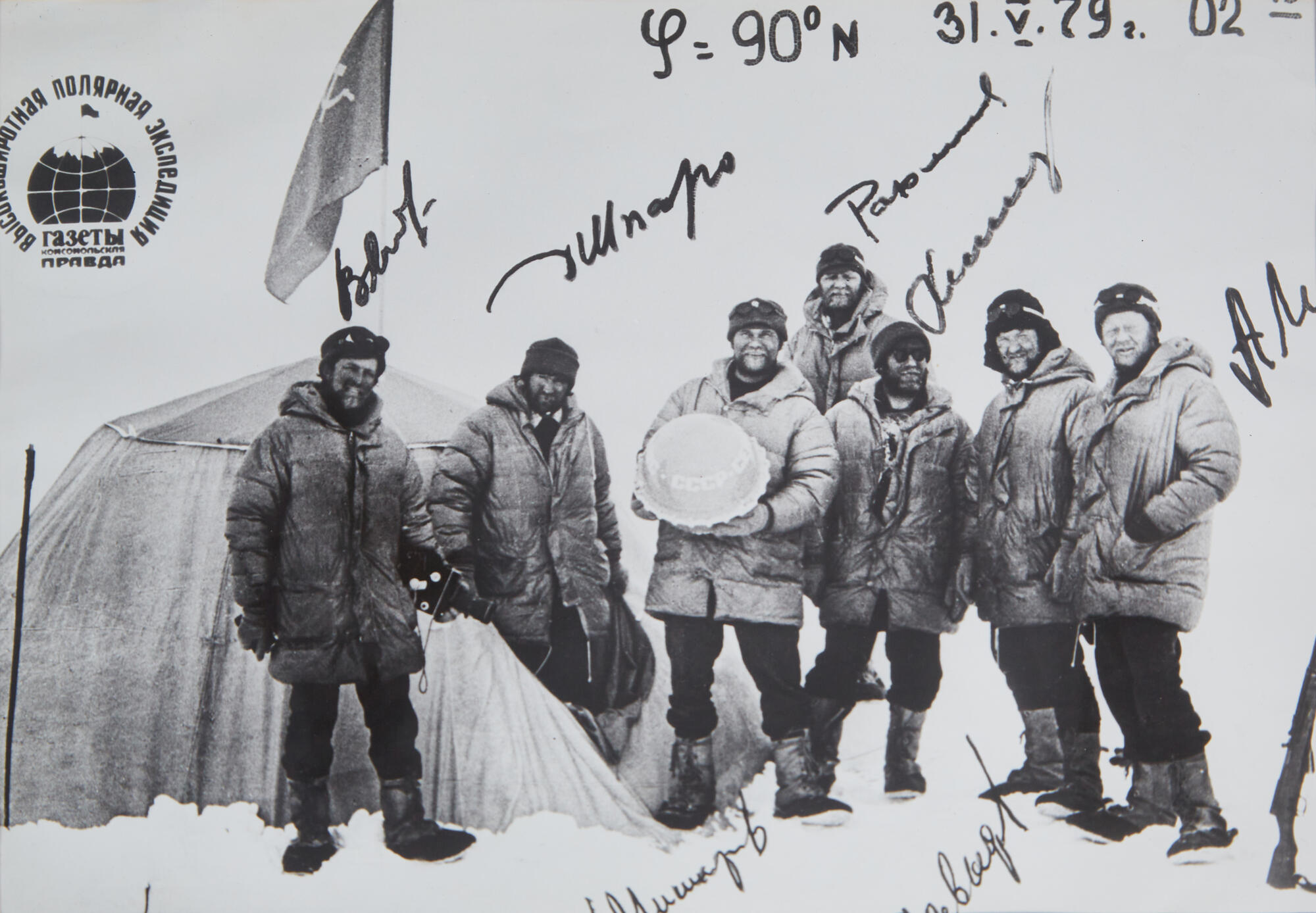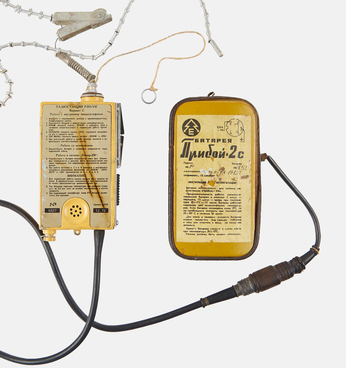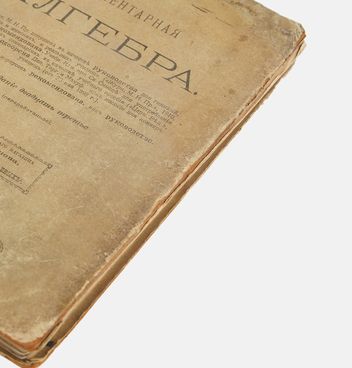The exhibition of the Rusanov House Museum presents a photograph depicting participants in the polar sports and scientific expedition of the Komsomolskaya Pravda newspaper to the North Pole.
On March 16, 1979, seven skiers with heavy backpacks on their shoulders descended from the rocks of the small Henrietta Island in the De Long archipelago onto drifting ice and headed north. The expedition set itself a bold goal — to be the first to ski from the shores of the Eurasian continent to the North Pole. On May 31, 1979, 76 days after leaving Henrietta Island, they planted the USSR flag at the North Pole. The expedition members also brought to the pole the flag of the legendary North Pole-1 as a symbol of the inextricable connection between the generations of Soviet conquerors of the Arctic. A special unsinkable, hermetically sealed container was put on the ice. Its metal sphere featured the inscription “USSR, high-latitude polar expedition of Komsomolskaya Pravda”. Inside there was the flag of the USSR, a handful of Moscow soil from the Kremlin walls, Vladimir Lenin’s brochure “The Tasks of the Youth Leagues”, which was in space on board of the Salyut-6 orbital complex — Soyuz-29 — Soyuz-30, the silver spike of the Baikal–Amur Mainline, a bunch of ears of grain from the virgin lands of Kazakhstan, a trowel of Komsomol construction workers, the 1980 Olympic mascot (a porcelain bear), a special issue of the Komsomolskaya Pravda newspaper with a story about the expedition, pennants of the Komsomol Central Committee, copies of official protocols of reaching the North Pole, as well as memorial notes in Russian and English.
The success of the Komsomolskaya Pravda expedition
was primarily due to long and extremely thorough preparations that lasted for
nine years — the same time the expedition existed. Over the years, its
participants covered difficult kilometers on the drifting ice of the Long
Strait, conquered the passage from Wrangel Island to the drifting station North
Pole-23, explored Taymyr and searched in the vast expanses of the Arctic for
the traces of missing expeditions, including the expedition of Vladimir
Rusanov.


